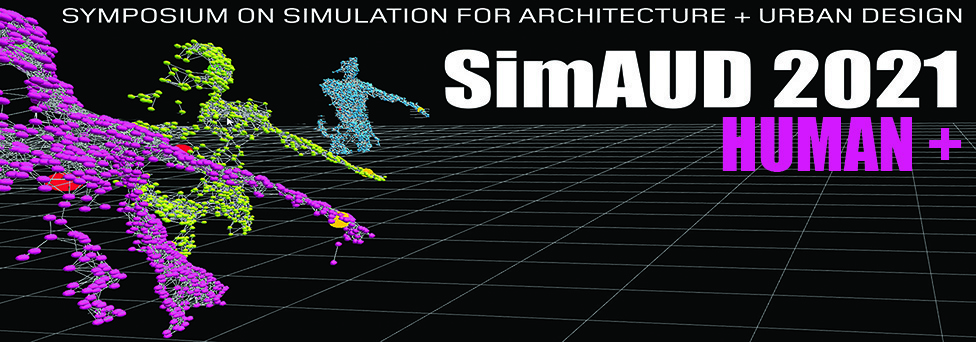student thesis 2020-2021
The Effect of Path Environment on Pedestrians’ Route Selection: A Case Study of University of Cincinnati, OH
Jing Tian. Master of Science in Architecture
Committee Chair: Ming Tang
Committee Member: Na Chen, Julian Wang

Accelerometers Image of the Three Participants in Route 2
Abstract
In recent years, there are a growing number of researchers who have shown concern about the impact of the walking environment on human walking experience and route selection. However, most of the studies regarding the influence of the path environment on pedestrians’ route selection are concentrated on the urban level, ignoring the discussion on the architectural level. Taking the University of Cincinnati (Ohio, US) as an example, this study aims to investigate whether the difference in the environmental settings of each route will affect pedestrians’ walking experiences and future route selection, with the ultimate goal of ascertaining the underlying relationship between the route environments and the user behavior in the process of rout selection and implementation.
This study included three routes from the Langsam library to the CEAS library. The research methods included data analytics, questionnaires, and comparative analysis. Firstly, participants’ psychological and physiological data were collected through surveys and E4 Wristband, respectively. Secondly, Analysis of Variance (ANOVA) was used to examine whether there was a significant difference in pedestrians’ walking experience among the three routes. Thirdly, through the analysis of the collected questionnaires, the factors that play an important role in pedestrians’ route selection were determined. Finally, all information about the physiological change of pedestrians within in a particular route was compared, including Electrodermal Activity (EDA), Blood Volume Pulse (HVP), Accelerometer (ACCE), and Skin Surface Temperature (TEMP).
In the end, it can be concluded that the three routes with different environmental settings bring different experiences to participants. More specifically, the level of comfort and openness of the route significantly affects the route selection of pedestrians, while the degree of fatigue during walking does not. The thermal environment of the route also affects the pedestrians’ route preferences. The pedestrians’ physiological experience varies significantly in the elevator hall and stairwell, as key nodes at each route. To sum up, for the transition space from outdoor to indoor, the factors affecting pedestrian route selection include the comfort, openness, and thermal environment. Based on this, it is necessary to take special consideration of the related environment setting of the elevator hall and stairwell in the route design process, which will have a certain influence on the route experience and selection of pedestrians.
Virtually Interactive DAAP
Rishyak Chowdhary Kommineni. School of Design. Master of Design.
Committee Chair: Ming Tang
Committee Member: Muhammad Rahman

ABSTRACT
The past few years have seen an increase in the use of virtual reality (VR) among designers in an attempt to create interactive projects to embrace technological innovations and adapt to the challenges of the digital era. While there are studies that examine the advantages of VR in presentations, meetings, and visitor’s experiences with it, there aren’t many studies examining the experience of designers who are responsible for the interactive space and narratives. The aim of this paper is to explore the practices, experiences, and perceptions of designers on the use of VR technology during exhibitions. The perceived advantages and challenges of such technologies and their requirements for the technology to be implemented in the field of design with virtual interactions are being discussed.
The paper provides an in-depth analysis of interviews with a number of designers based on a live example, DAAPworks, an exhibition that takes place every year at the University of Cincinnati’s College of Design, Architecture, Art, and Planning (UC DAAP). It has been converted into a virtual platform in Behance due to the pandemic (Covid-19) in the year 2019. A working prototype of the exhibition has been created for this thesis to establish a starting point for the Virtually Interactive DAAPworks project. The ultimate aim is to offer a more critical and methodological examination and assessment of the use of VR for design exhibitions and to provide suggestions for designing and developing virtually interactive spaces in the future.














